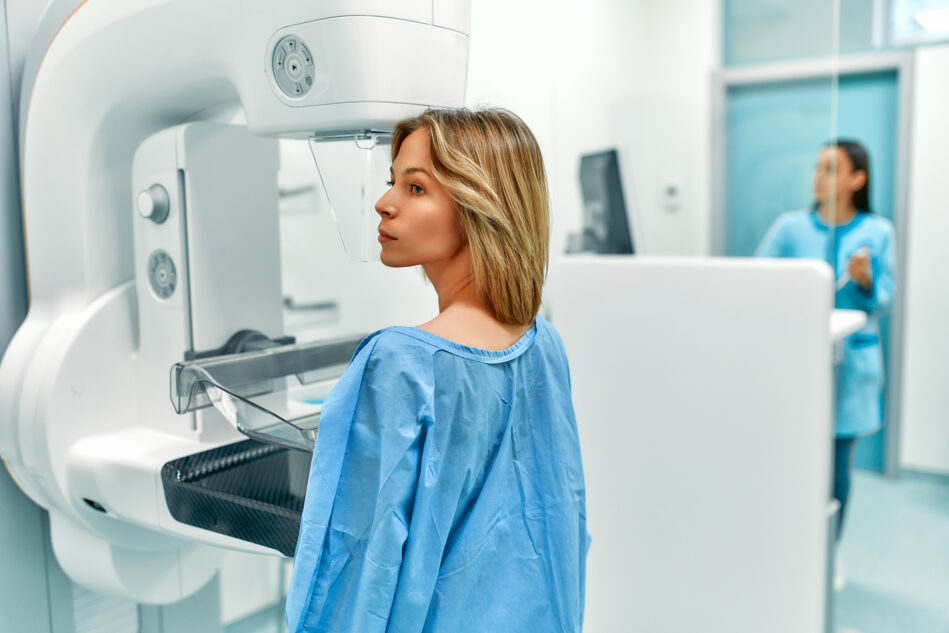What’s your preference, increased risk of breast cancer or increased risk of uterine cancer?
If your sister had breast cancer – which places you in the “high risk” category, would you take a drug that lowered your risk of breast cancer but increased your risk of uterine cancer? What if both your mother and your sister had survived breast cancer (or worse, didn’t)? That’s the question facing women who fall into the “high risk” category for breast cancer are facing.
The US Preventative Services Task Force (USPSTF) in an independent, non-government advisory group that conducts systematic reviews to estimate benefits and risks of preventative options and issues a recommendation about the net benefit to the patient. The USPSTF has issued a draft report with a B level recommendation (on a scale of A – strongly recommend to F – not recommended) that women at high risk of breast cancer use either tamoxifen or raloxifene to reduce the risk for invasive HR-positive breast cancer.
Here is how the numbers add up. There is a category of women today who are assessed as “high risk.” That means they have an equal to or greater than 3% risk of developing breast cancer in the next 5 years.
By using either tamoxifen or raloxifene high risk women significantly decrease the risk of breast cancer. Of 1,000 high risk women, about 24 women who don’t take preventative drugs will be diagnosed with breast cancer. With drugs, 7 to 9 of those women won’t get breast cancer.
Of those women using tamoxifen, there is an increased risk for endometrial (uterine) cancer — an increase of 4 more cases per 1,000 women. Also more cataract diagnoses were reported.
And both tamoxifen and raloxifene users are at higher risk of blood clots, ischemic stroke and hot flashes. Hot flashes are (by those who have never had them) not classified as serious, but are recognized as affecting a woman’s quality of life and, therefore, willingness to take the medicines.
To summarize (remember, this ONLY applies to women at high risk. Those at average risk receive no benefit):
Tamoxifen
Benefit: lowers risk of cancer significantly (7 – 9 fewer women in 1,000), reduces risk of bone fractures on postmenopausal women.
Risk: increased risk of uterine cancer (+4 women in 1,000), cataracts, ischemic stroke (possibly), blood clots (+4-7 women in 1,000). Hot flashes are a common side effect.
Raloxifene
Benefit: lowers risk of breast cancer significantly, doesn’t increase risk of endometrial cancer. Reduces risk of bone fractures on postmenopausal women.
Risk: doesn’t lower risk as much a tamoxifen (study does not indicate how much less), ischemic stroke (possibly), blood clots (+4-7 women in 1,000, tamoxifen more than raloxifene)
The USPSTF sites a study wherein most of those women who were at high risk of breast cancer and who were fully informed of the benefits and risks (including side effects) decided not to take the preventative medicines. 12% chose tamoxifen, 77% chose not to take either drug.
It’s a difficult choice. But it’s your choice.
Comments? Please click to our Facebook page for a discussion.






